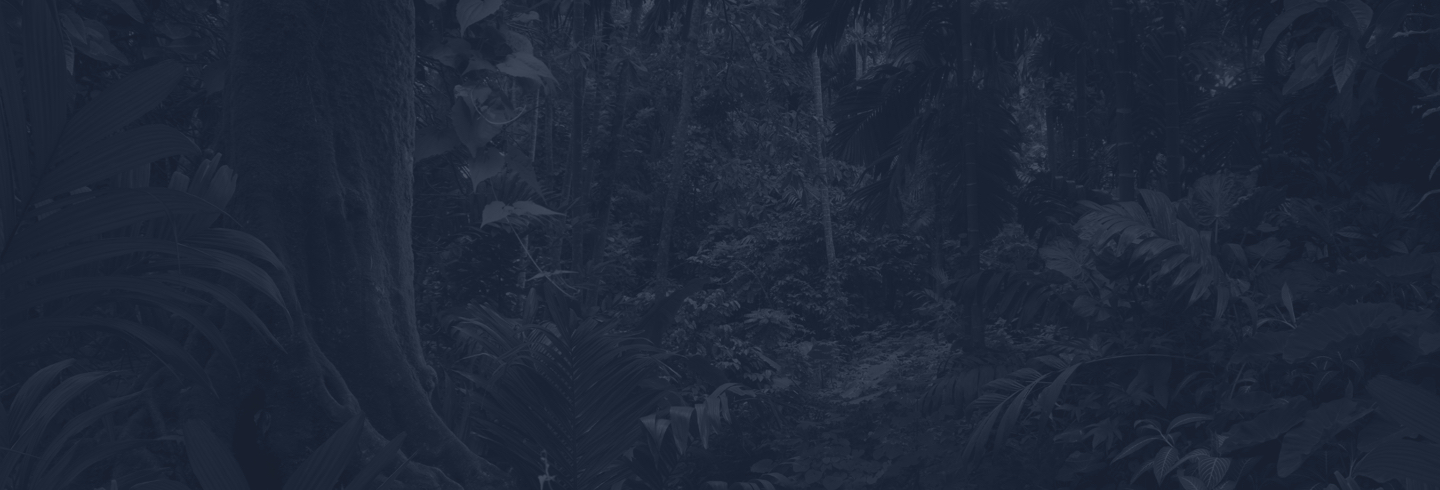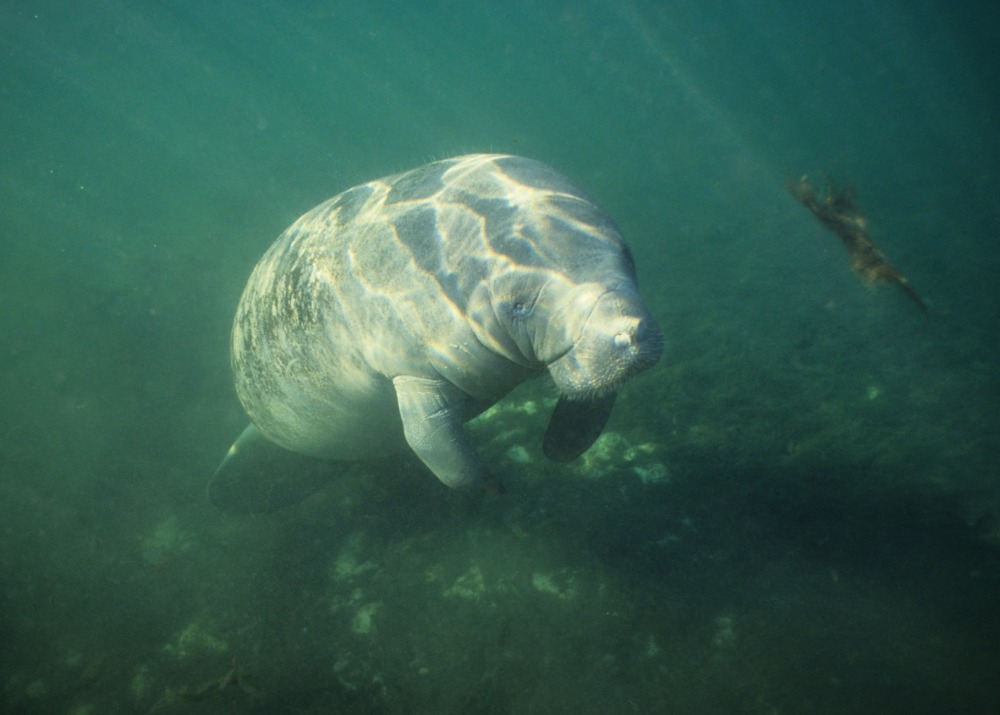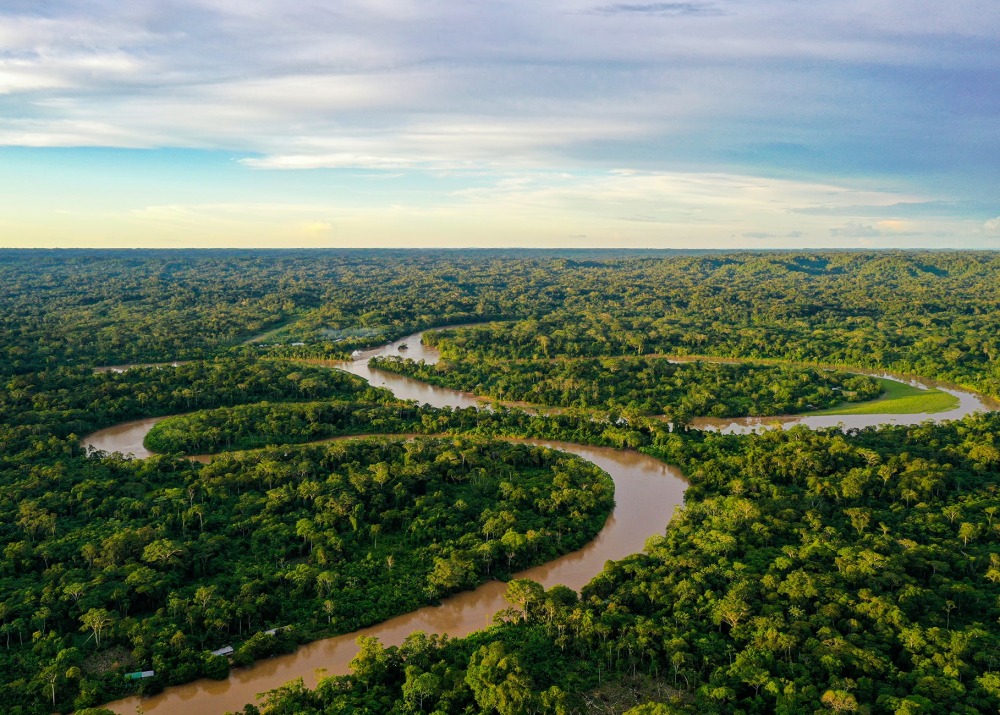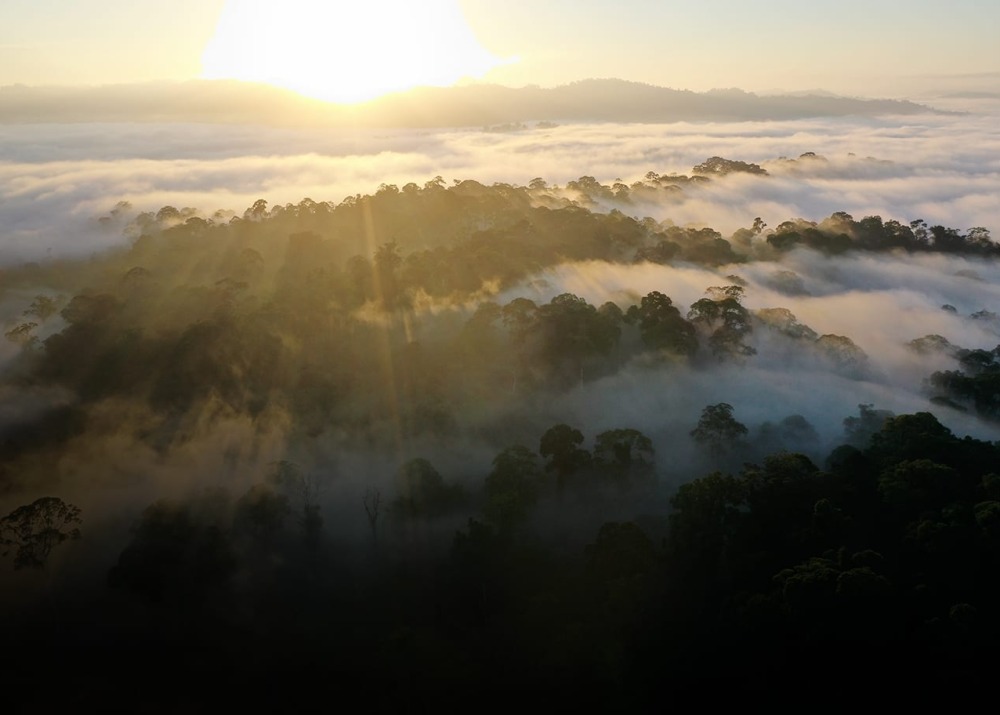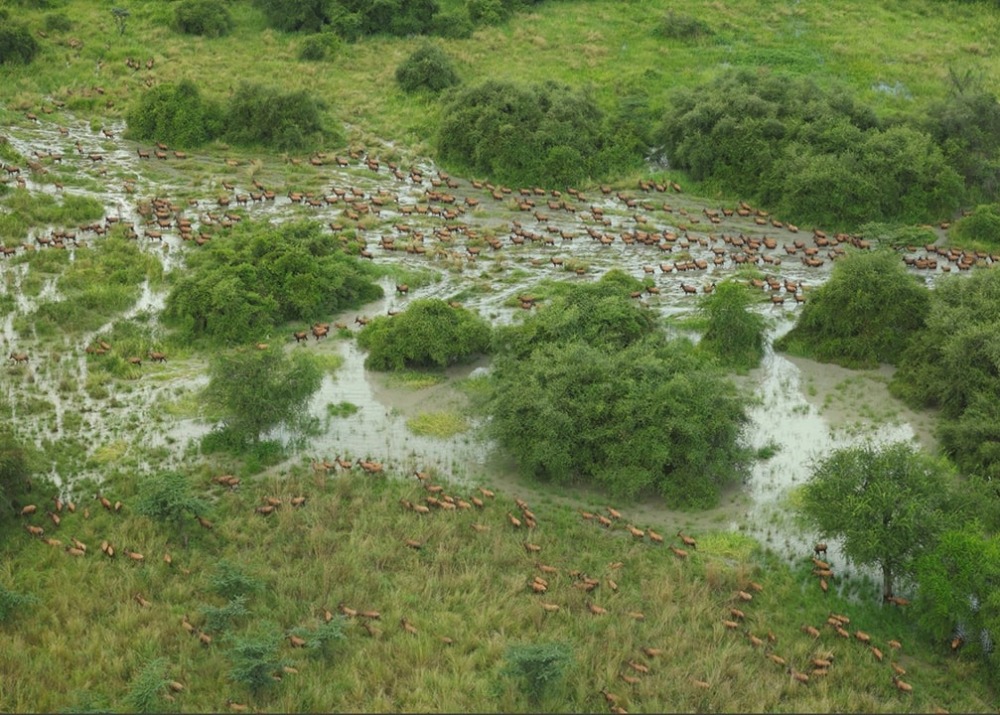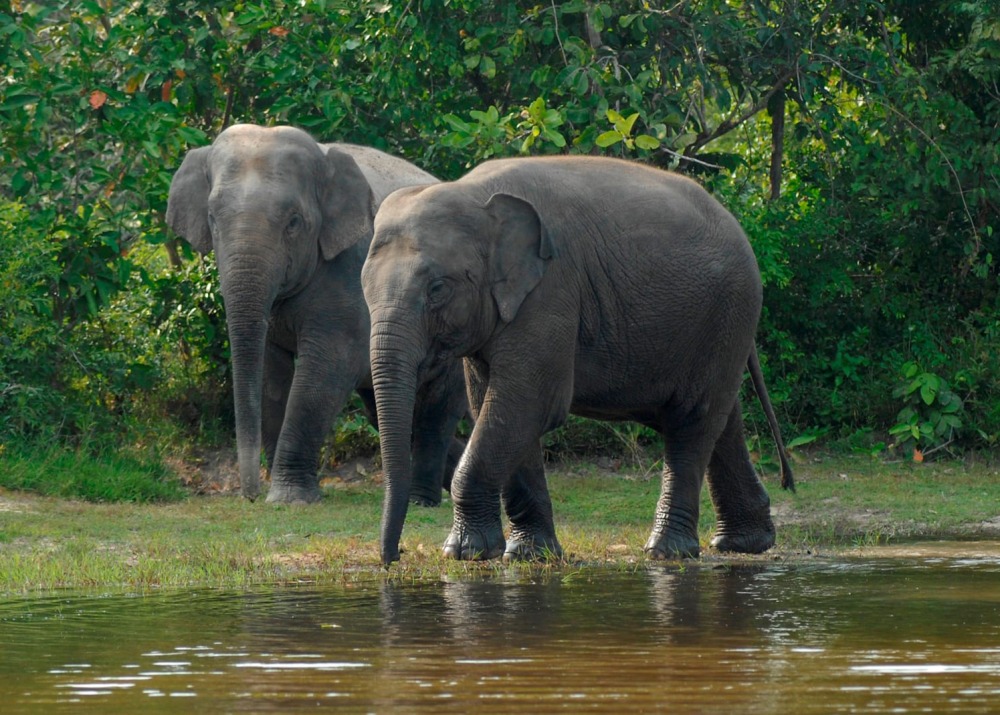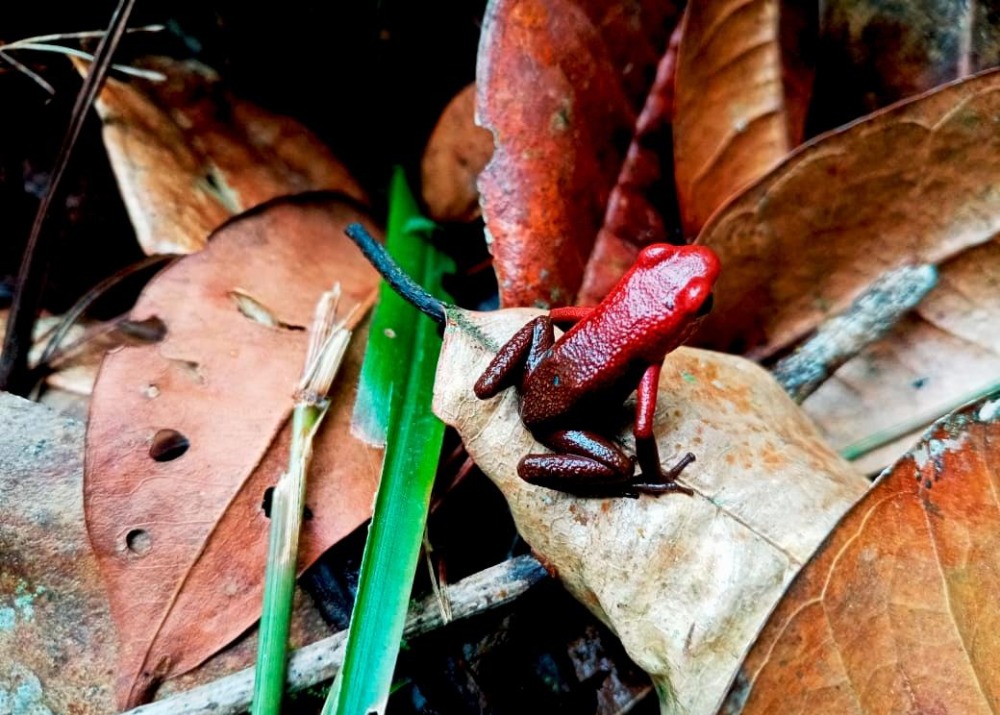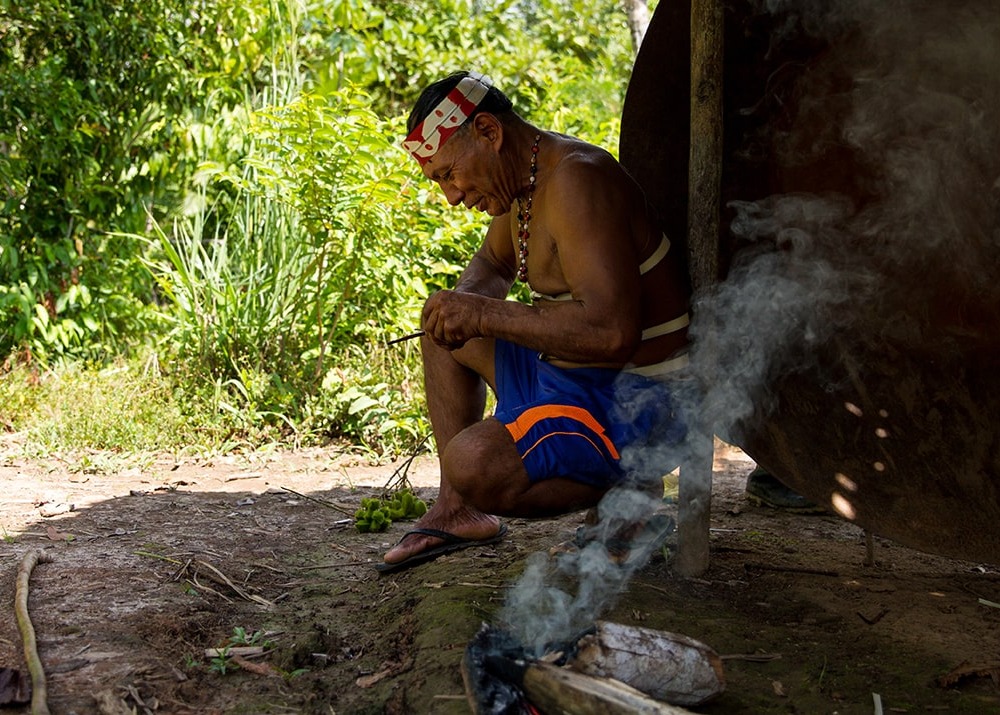The World’s Largest Tropical Peatland: A Letter from Our CEO
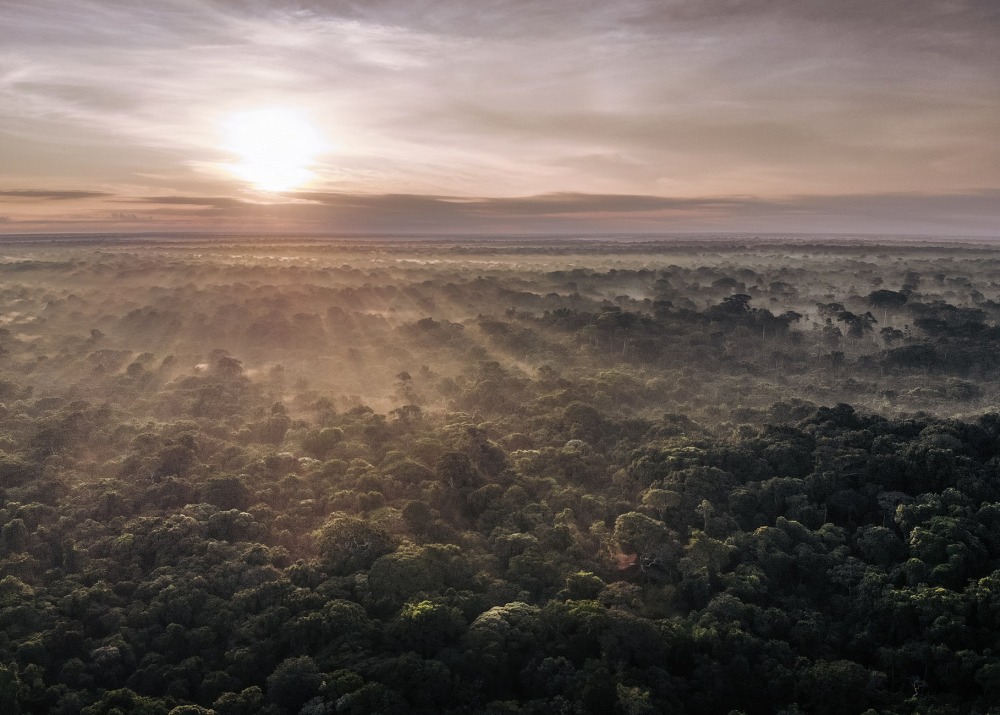
Dear Friends,
It was hard to concentrate on the impressive conservation report in the sweltering heat. Every few seconds a droplet of sweat beaded off the end of my nose, threatening to short-circuit my laptop. We were seated outside to catch the non-existent breeze under a thatch canopy in one of the most remote places on Earth, the newly created Lac Telé Community Reserve in the Republic of the Congo, the first community reserve in the country. The year was 2005.
Lac Telé was famous for its mythological dinosaur, Mokèlé-mbèmbé, said to lurk in the eponymous lake at the center of the reserve. Hardly any outsiders had been to the lake because the vast surrounding swamp forests were virtually impenetrable and no road connected the reserve to the outside world. The confirmed inhabitants were no less impressive, however—more than 100,000 Western Lowland Gorillas (probably the largest non-human ape population on Earth), Central African Chimpanzees, African Forest Elephants, and resourceful people who had lived here for millennia subsisting on fish with a little game (mostly Dwarf Crocodiles) and home-grown cassava. And tons and tons of waterlogged peat lying under the swamp forest, which, we reasoned, must be important for climate change.
Last month, sweating and coughing in Virginia, my thoughts returned to that steamy visit years ago. July 3-6 were the hottest days ever recorded on Earth, probably the hottest in 120,000 years. The Washington Post headlined, “Floods, fires and deadly heat are the alarm bells of a planet on the brink.”
It wasn’t only the stifling heat that reminded me of Lac Telé, but also the climate change importance of all that peat. Since I was there, scientists have measured the extent and depth of Central Africa’s tropical peatlands and estimated that they store 29 billion metric tons of CO2 equivalents. That is comparable to the emissions from all human activities on Earth over nine months. The peatlands, and the Congo Rainforest as a whole, are a carbon sink, together pulling 1.5 billion tons of CO2 out of the air each year and safely storing them in wood and waterlogged soil. But if the peatlands dry out because of climate change or we drain them for agriculture or development, they will start releasing back this “carbon bomb”—flipping from a carbon sink to a carbon source and exacerbating rather than mitigating global warming. That risk increased notably last year when the Democratic Republic of Congo began auctioning petroleum exploration concessions, including in the peatlands.
At Rainforest Trust’s Annual General Meeting in May, our chair, Dr. Eric Veach, asked whether our mission to permanently protect tropical habitats really represents a sure and cost-effective investment to end climate change. Our newest board member and chair of our Conservation Committee, Prof. Bernie Tershy from the University of California Santa Cruz, responded emphatically. No charitable investment you could make, he told Eric, will do more per dollar to end climate change than preventing tropical rainforests—and especially swamp forests, peatlands and mangroves—from being destroyed.
Take the tropical peatlands as an example. This month we are launching a new project approved at that meeting in May, in partnership with local communities and Rainforest Foundation of Norway. Building on the Lac Telé model just across the border, it will protect as a community forest 1,150,638 acres of swamp forest in the heart of the peatlands in the Democratic Republic of Congo. For $1,421,771, it will help safeguard the storage of at least 470,547,689 metric tons of carbon in peat and wood (in the top one meter of peat alone). It will also ensure that these peatlands continue to sequester carbon from the atmosphere. Exact data on sequestration are not available, but we estimate this area may sequester as much as half a million tons of carbon per year—equivalent to the annual emissions of about 35,000 U.S. residents. These are huge quantities of carbon for the money compared to other charitable and investment options such as buying a Tesla or adding solar to your house.
“No charitable investment you could make, will do more per dollar to end climate change than preventing tropical rainforests—and especially swamp forests, peatlands and mangroves—from being destroyed.”
— Prof. Bernie Tershy, University of California
The net impact of this project on the amount of CO2 in the atmosphere depends on future scenarios with and without the project. Without the project, how long until commercial agriculture or oil development arrives here and the swamp forest is felled and drained, as in Borneo? Difficult to say, but likely in the next 10-30 years. If the project proceeds, will the designation of the land as a community-managed protected forest prevent the government from leasing it for petroleum exploration? The area is not on the current concession list, and this enhanced protection will add a legal obstacle if the government wishes to lease this area in the future. Because exact answers to these questions are uncertain, there is no single, auditable estimate of the climate impact of this project. But it is huge.
This summer’s extraordinary heat at home and around the world, not to mention endless smoke from Canada’s burning boreal forests, has made many of us re-examine our personal carbon impact. While no substitute for reducing personal emissions, helping fund projects like the tropical peatlands, or cost-effectively protecting the Brazilian Amazon through the expansion of Indigenous Territories, are ways to make a positive impact far in excess of any one person’s carbon footprint. Moreover, the climate benefits of these projects are layered on top of substantial benefits to biodiversity and local communities.
Back in Lac Telé, the community reserve is a success—the gorillas and chimps and elephants are thriving, the peatlands remain intact, and people are doing well, too, though struggling to keep their fish catches sustainable. No one has confirmed the presence of Mokèlé-mbèmbé, but they haven’t ruled it out either. Crazier things have happened on this Earth.
For the planet,
 Dr. James C. Deutsch
Dr. James C. Deutsch
CEO, Rainforest Trust
more information about this project
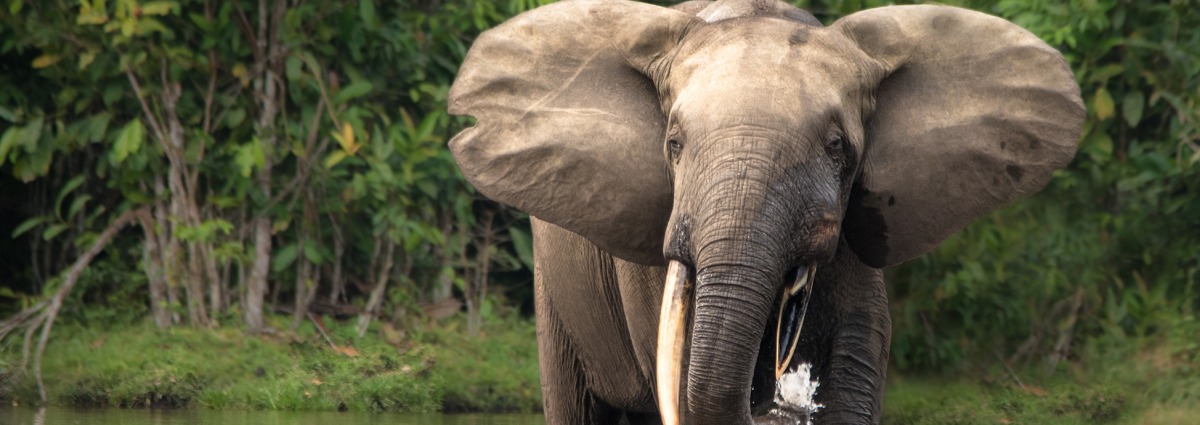
The Rainforest Climate Action Fund
If you would like to fight climate change but prefer that we pick the best and neediest project, consider a gift to the Rainforest Climate Action Fund.
DONATE NOWDONATE NOW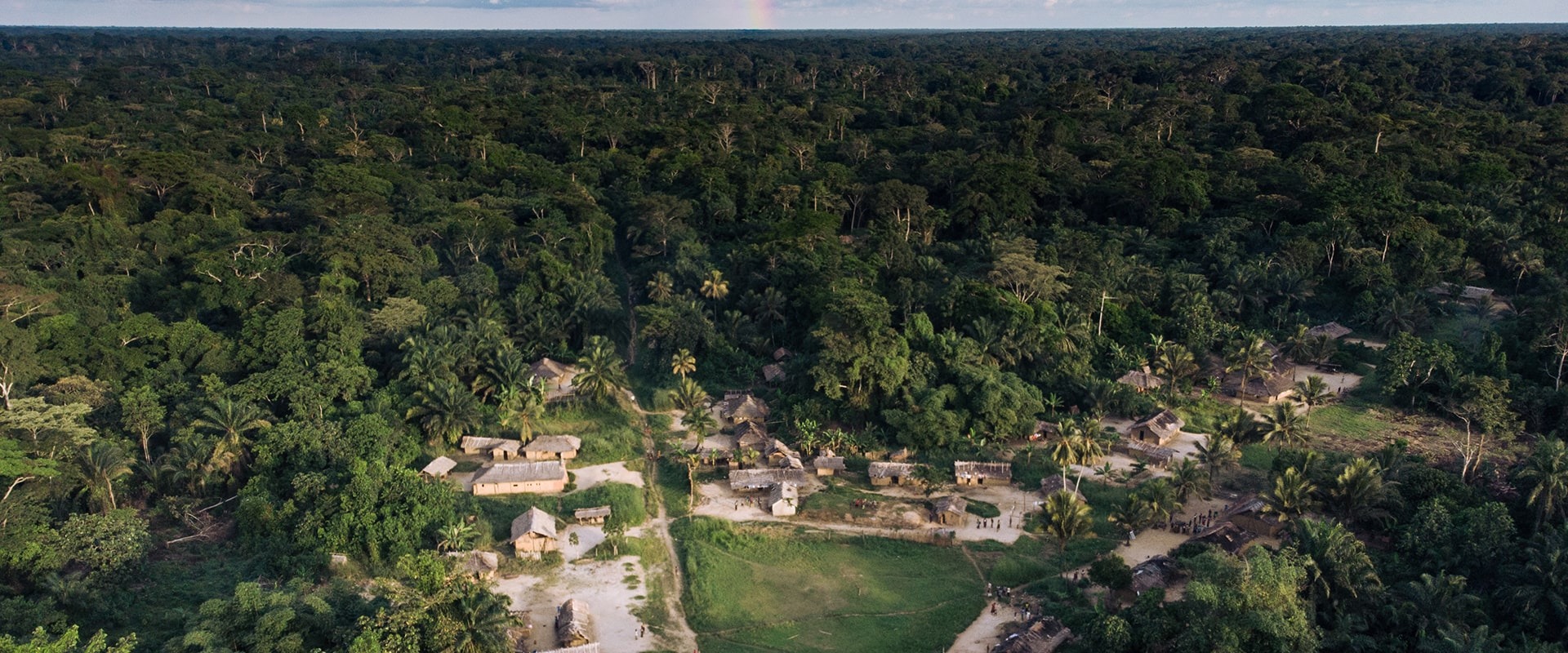
Local community in the DRC tropical peatlands, by Alexis Huguet
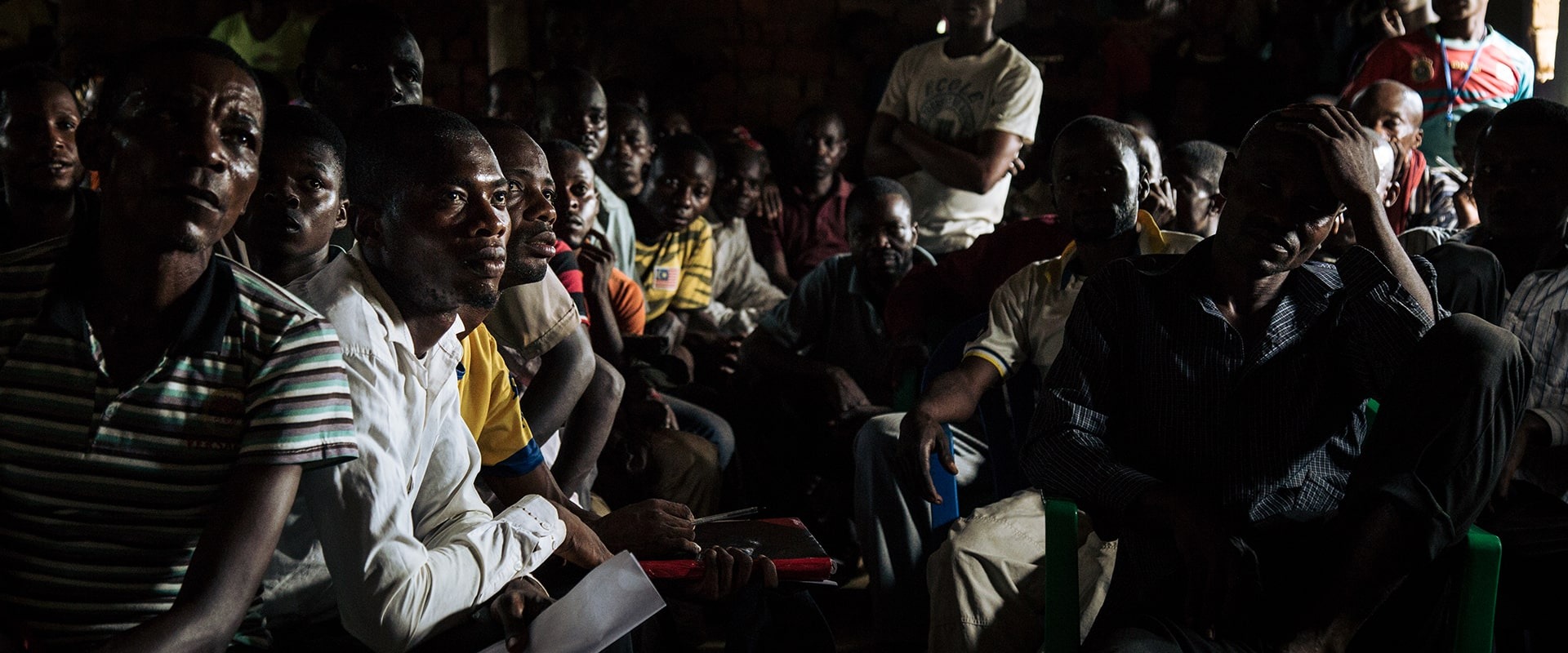
Local community meeting in the DRC tropical peatlands, by Alexis Huguet

Sign up to receive the latest updates
"*" indicates required fields

